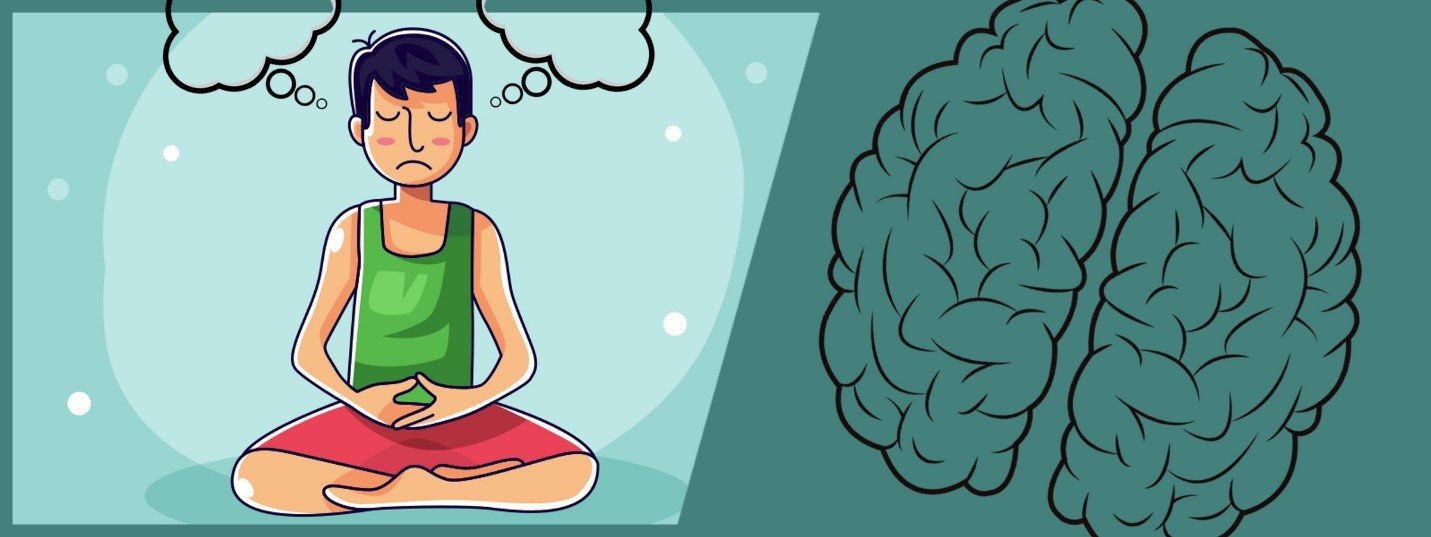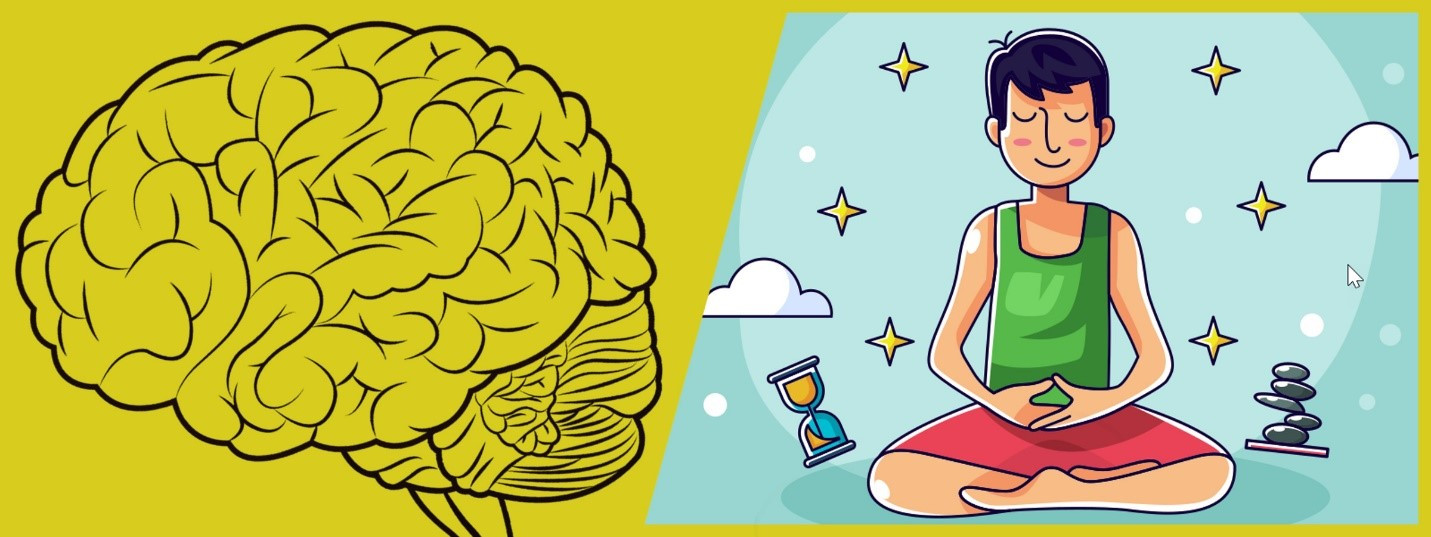
|
You are on the page: Scriptures.ru ➤ Meditation book ➤ Meditation: skill or talent?
|
Meditation: skill or talent?
Meditation is a skill and an experience, not a talent. It needs to be trained in the same way as muscles or some other skill – regularly and using the right technique. It is impossible to become a good meditator in a couple of days – it will take at least months or years of correct daily practice.
Of course, this article is not about a study of meditation champions. But the aim of this article is to show that meditation is, first and foremost, a skill attainable by all, not just the "chosen ones." And that all that is needed to become a good meditator is a regular practice of meditation.
The following is my translation of Russian article into English, which, in turn, was translated (not by me) from English from various sources.
“What if I am not able to meditate? What if meditation is not mine? I can’t do anything, I tried, but I spent half an hour in my thoughts and did not understand what I was doing wrong.” Such thoughts often prevail among beginners who dare to learn how to meditate and finally get such valuable bonuses and advantages that they write about, which are actively promoted by yoga studios, coaches and mass media. Probably, it was necessary to be born special in order for meditation to work out? However, scientific studies show that this is not so.
 |
In 2018, an article was published in the journal Mindfulness ("Brain Activity in Mindfulness Depends on Experience: a Meta-Analysis of fMRI Studies”) describing an extensive study comparing the active parts of the brain during mindfullness meditation among beginners and experienced practitioners. The researchers set the task of answering the question of whether the experience of meditation affects how the brain works during meditation.
Experimental technique
The study was conducted based on a meta-analysis. This method allows a total analysis of the results of various studies, combining them into one database and thereby increasing the reliability of the results. In this case, 21 works were selected; in total, the database amounted to 351 sets of fMRI images (functional magnetic resonance imaging of the brain, which allows recording the activity of neurons). All these works contained experiments based on fMRI during meditation, while including samples of beginners and experienced meditators. The group of beginners was made up of people with experience in the practice of mindfullness meditation from 1 day to 8 weeks and with an average daily practice time of 20 minutes. A group of experienced practitioners – people with experience of meditation from 14 months to 38 years, or from 910 to 52 thousand hours of meditation with daily practice from 30 minutes to 10 hours.
Next, a statistical analysis of fMRI images was carried out in three groups:
What were the results obtained, and what do they mean to us?
1. In the general group, the activity of areas key to mindfull meditation according to many studies was discovered (Nature Reviews Neuroscience, vol. 16, p. 213–225, 2015.). These areas (right medial frontal gyrus / anterior cingulate and left insula / inferior frontal gyrus) are associated with self-regulation of attention, awareness of the body, and emotional processing.
2. In the group of newcomers, one large cluster (right insula) was observed, which is responsible for several functions, one of which is a sensation of the physiological state of the body (W. Marchand, «Neural mechanisms of mindfulness and meditation: Evidence from neuroimaging studies,» World J Radiol, vol. 6, no. 7, pp. 471-479, 2014.). This is apparently due to the fact that most of the people in this group focused on the sensation of air movement during breathing. The activity of this site is also characteristic of the early stages of the process of learning something new (J. Jason, M.Chein and W. Schneider, «Neuroimaging studies of practice-related change: fMRI and meta-analytic evidence of a domain-general control network for learning,» Cognitive Brain Research, vol. 25, no. 3, pp. 607-623, 2005.).
3. The areas that were actively working during meditation by experienced practitioners were two areas of the brain responsible for regulating attention and emotions (right medial frontal gyrus / anterior cingulate gyrus and the other in the right globus pallidus / putamen). These areas are part of the executive control network – chains of connections between different parts of the brain that control attention and return attention to the goal or task. In separate studies, it was shown that improved attention control is an effect of repeated practice, and it is associated with the activation of the executive control network (B. Ainsworth, R. Eddershaw, D. Meron, D. Baldwin and M. Garner, «The effect of focused attention and open monitoring meditation on attention network function in healthy volunteers,» Psychiatry Research, vol. 210, no. 3, pp. 1226-1231, 2013.). Accordingly, regular practitioners over time begin to engage the executive control network and can more quickly identify periods of wandering mind and switch the focus of attention to mindfulness practice. This finding allows the authors to conclude that with repeated practice, the process of involvement in mindfulness meditation is becoming more simple and familiar.
 |
4. It was also interesting that the group of novices and the group of experienced practitioners did not have common areas for activation of neurons. This also confirms that changes in brain function are associated with the experience of the meditator.
Final conclusions
Thus, if meditation was some feature of the “chosen ones”, and not a skill that can be learned, it would be expected that the brain activity associated with meditation would remain constant regardless of the length of experience. This is an important find because it clearly emphasizes that mindfulness is a skill that comes with regular, constant, persistent practice. Everything we need to learn how to meditate is already there.
 |
List of cited publications:
Translated from Russian: Vasyl Vernyhora, 4.06.2020.
Рекомендовані тексти:
Що таке медитація і як медитувати.
Медитація: досвід та навичка чи талант?
Чому направляєма (керована) медитація (guided meditation) насправді не є медитацією.
Запитання та відповіді по нейрогарнітурі NeuroSky MindWave Mobile у контексті практики медитації.
Что такое медитация и как медитировать.
"Как медитация меняет ваш мозг и вашу жизнь". Дэниел Гоулмен и Ричард Дэвидсон.
Медитация с использованием обратной нейросвязи с помощью ЭЭГ NeuroSky MindWave Mobile – ускоренное самостоятельное изучение медитации. Общие вопросы ЭЭГ-медитации.
Вопросы и ответы по нейрогарнитуре NeuroSky MindWave Mobile в контексте практики медитации.
Ведь можно учиться медитировать и без нейрогарнитуры? Конечно можно. Но с гарнитурой лучше.
Прем Нирмал "Наука медитации" – что такое медитация и чем она не является.
Описание духовной медитативной практики в одной из ветвей (виджняна-вада) буддизма махаяны. Предельно практичное и полезное описание медитативной садханы.
"Йога-сутры" Патанджали – наиболее авторитетный текст по йоге.
Что такое направляемая медитация, или управляемая медитация (guided meditation).
Откуда есть пошла йога нынешняя, или краткая история хатха-йоги.
Андрей Сафронов "Хатха йога и Патанджали".
Как медитация воздействует на биохимию мозга.
Meditation with biofeedback using the electroencephalograph gadget NeuroSky MindWave Mobile, or accelerated self-study of meditation.
The free 'EEG Meditation' app for Android.
The arguments in favor of the use of EEG headsets, such as NeuroSky MindWave Mobile, for meditation.
Comparison of the 5 headsets for meditation: NeuroSky MindWave Mobile, Muse, EMOTIV EPOC+, EMOTIV Insight and Melomind.
What meditation is and how to meditate.
|
|